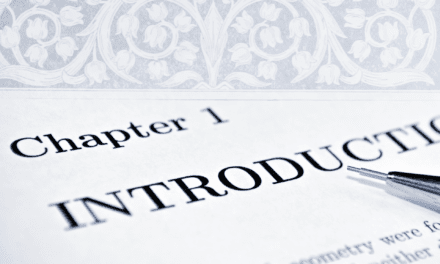
How to Write a Story Resolution Your Readers Will Remember

A story resolution is one of the most important elements of your plot because it will leave the most impression on your reader. It resolves the story’s central arc and conflicts, bookending your narrative. It can make or break how your readers feel about your novel, so it’s important to get it right.
What is a story resolution?
Every great plot needs five elements; exposition, rising action, climax, falling action, and resolution. No matter how good your story is, if it has an unsatisfying resolution, it will leave your readers disappointed. An opening hook draws your readers in, the resolution makes them remember you. It’s why it’s such an essential part of any narrative, especially if you want to build a readership for any future books.
The resolution is the final moment of your book. Its purpose is to show how characters react when they finally achieve their goals or settle the story’s conflict—it ties up loose ends, answers lingering questions, gives closure to each character’s journey, lets us know how everything has turned out, and how the characters feel about it.
How to write a strong resolution
Your story resolution should be satisfying and not just an afterthought. It should meet reader expectations, but it can also surprise them by going in a different direction than they expected or by answering questions they didn’t think to ask. In order to achieve this, it is important that you know the genre you are writing in and familiarise yourself with the tropes within that genre so that you can use or subvert them as needed.
“An ending was an ending. No matter how many pages of sentences and paragraphs of great stories led up to it, it would always have the last word.”
Sarah Dessen, Along for the Ride
The most important elements of any resolution are to neatly wrap up your plot, make sure you’ve clarified the story’s theme, and resolved all character arcs (or at least set them up properly for a sequel). You want to identify questions you’ve left unanswered over the course of the narrative and tie together any loose ends. Any narrative setups you’ve hinted at during the story should also have a payoff.
Before you’ve even started writing, you should have a good idea of who your characters are (their needs, desire, weaknesses, and internal conflicts), as well as have a clear idea of your book’s overarching theme. With those in place, you’ll be able to resolve character arcs and bring your thematic storytelling full circle.

Key elements of a satisfying story resolution
- Resolve the central conflict of your narrative
- Give your characters closure
- Don’t leave any unanswered questions (unless you’re setting up for a sequel)
To resolve your central conflict, look at your story’s structure, genre, and setting. Each of these elements will affect how your resolution plays out. A cosy mystery, for instance, will resolve very differently from a sweeping space opera.
Make sure your characters get closure by resolving their story arcs. If they’re on a quest, have that quest conclude with a return to the status quo. If your story has been focused on character growth, make sure they’ve learned all they need to learn before they reach the final page.
Don’t leave your readers with questions or plot holes to sift through as your story comes to a close. If you’re setting up for a sequel, you can leave some elements open-ended, but still, try to hint at a further mystery – almost like a promise of a future resolution.
There are no hard and fast rules for how long or short a resolution needs to be. Take your time to make sure you’ve covered each of these key elements. You can reveal them gradually as the action of your story starts to wind down or, depending on style and genre, you could keep it a bit more expository. The choice is yours, so long as you choose something that works for your book.
As long as there are no loose threads left hanging by the end, your readers will be satisfied.































